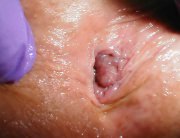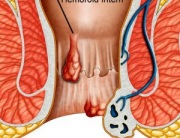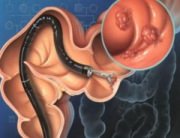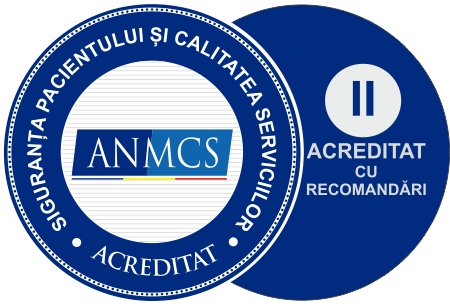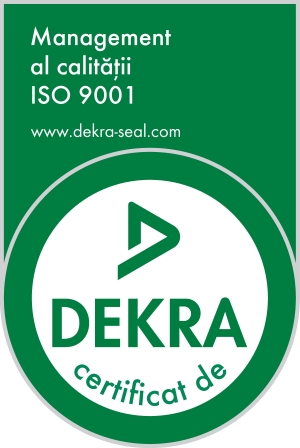External haemorrhoids may occur as a consequence of the increase of the pressure exerted on the external haemorrhoid veins. When these veins, located around the anus, are swollen and inflamed, there may be symptoms such as pruritus in the anal area, bleeding and pain.
There are a number of risk factors leading to the onset of such symptoms. For instance, pregnancy, obesity and hepatic cirrhosis are some of the causes that may lead to the increase of the pressure on the external haemorrhoid veins.
Treatment options include diet changes, methods to adjust the intestinal transit or surgical intervention. The term haemorrhoids refers to the situation in which the veins located in the anal and lower rectum areas are swollen and inflamed.
The veins located in the anal-rectal area are represented by the internal and external haemorrhoid veins. As their name suggests, external haemorrhoids affect the external haemorrhoid veins.
External haemorrhoid risk factors:
A number of factors may cause an increase of pressure in the external haemorrhoid veins. Other factors include:
- stool movement straining (straining to defecate) or factors that can negatively influence the intestinal transit, such as sitting for long periods of time;
- pregnancy;
- age;
- chronic constipation or diarrhea;
- cirrhosis;
- obesity;
- a diet rich in fats and poor in fibres.
Symptoms of external haemorrhoids:
Unlike internal haemorrhoids, which usually are not painful, external haemorrhoids can be very painful. In the case of external haemorrhoids, symptoms include bleeding and pruritus in the anal area. These symptoms may be caused by straining to move the stool, anal rubbing or cleaning (excessive hygiene). Anal discharges can also cause pruritus. Another external haemorrhoid symptom may be the presence of a painful ump (prominence, nodule), as a result of the formation of a blood clot. This condition is known as a thrombosed external haemorrhoid.
However, it should be noted that not all cases of haemorrhoids have symptoms.
Positive diagnosis:
In order to diagnose external haemorrhoids, the physician will ask the patient a number of questions (known as anamnesis), followed by the physical examination. The physician may also request additional tests. In the cases of rectal or stool bleeding, a full evaluation and the correct physician diagnosis are very important. Bleeding can also be a symptom of other digestive diseases, including the colon or rectal cancer.
How to treat external haemorrhoids?
In most cases, external haemorrhoid treatments focus on:
- relieving the symptoms;
- decreasing the haemorrhoid vein pressure by increasing the fibre and liquid intake;
- adjustment of the intestinal transit.
The specific treatment alternatives may include:
- application of ice packs;
- sitz baths several times a day;
- increase of the fibre and liquid intake;
- laxatives;
- OTC drugs to relieve itching and inflammation.
Thrombosed external haemorrhoids can be very painful, which is why painkillers and anti-inflammatories may be prescribed. In most cases, symptoms improve in a few days, with a duration of approximately five days in the case of thrombosed external haemorrhoids. If required, surgery may be performed in the case of thrombosed external haemorrhoids.
How to prevent external haemorrhoids?
The best way to prevent external haemorrhoids is to maintain a normal consistency of the stool, in order to avoid straining and decrease defecation pressure, eliminate the stool as soon as possible after the defecation sensation. Physical exercise, including walking, and a diet rich in fibres lead to a normal stool consistency, which helps prevent constipation and defecation straining.The best way to prevent external haemorrhoids is to maintain a normal consistency of the stool, in order to avoid straining and decrease defecation pressure, eliminate the stool as soon as possible after the defecation sensation. Physical exercise, including walking, and a diet rich in fibres lead to a normal stool consistency, which helps prevent constipation and defecation straining.
For haemorrhoid pictures, click aici



